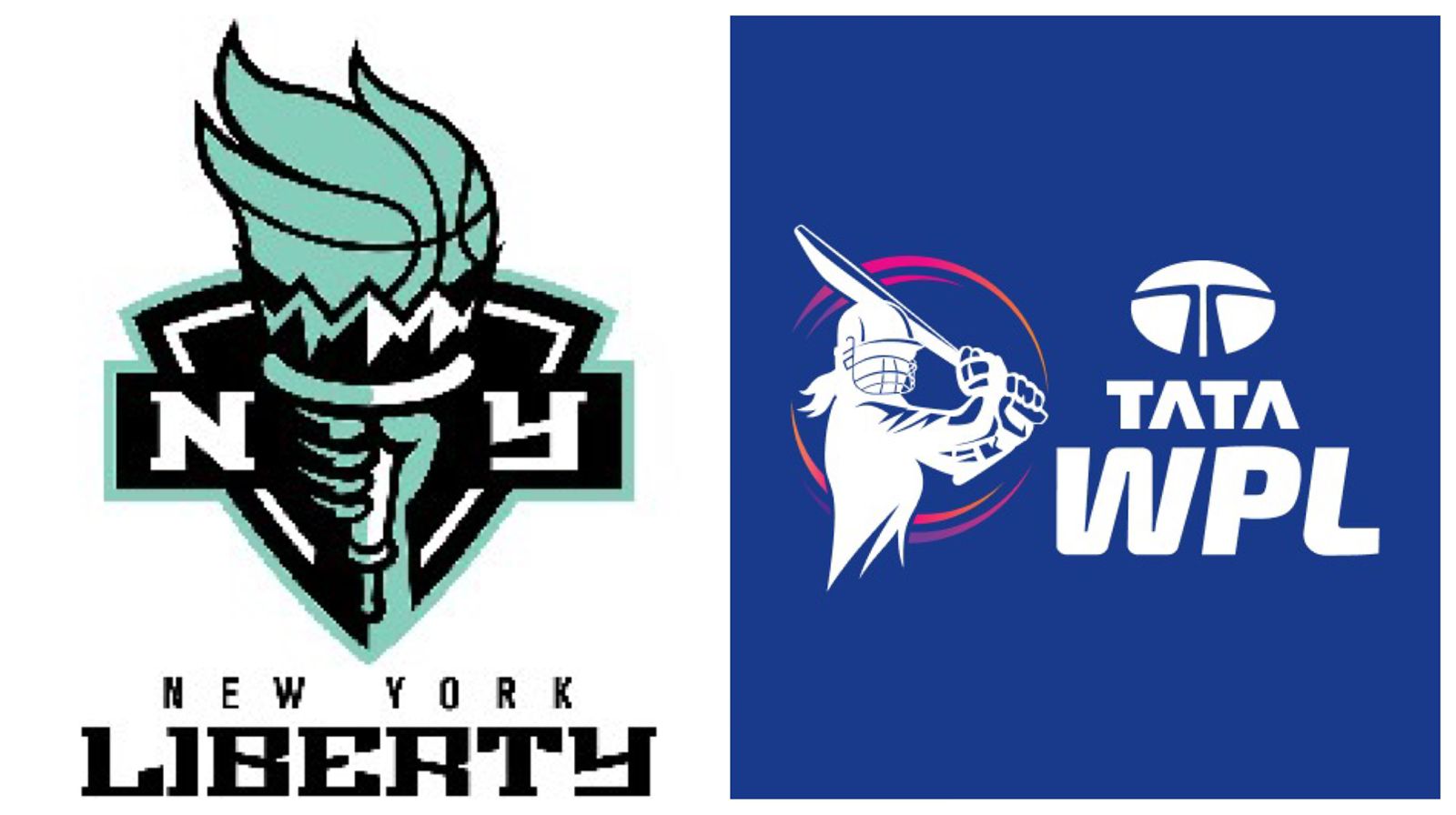
Just a day ago, the New York Liberty—one of the marquee franchises in the WNBA—achieved a capital raise that sent shockwaves through the world of professional sports. Valued at a stunning $450 million, Liberty isn’t just making headlines—they’re making history. And for women’s sports, that number is more than a valuation; it’s validation.
Across the globe, valuations in women’s sports are reaching unprecedented heights. Angel City FC of the NWSL now boasts a valuation close to $200 million, and Chelsea FC’s women’s team is attracting independent investor interest. Liberty’s $450 million valuation, however, has set a new benchmark—and sent a clear message: women’s sports are no longer a passion project; they’re prime-time business.
Fueling this surge is a potent mix of rising broadcast revenues, brands eager to align with gender equity, and younger, digital-native audiences hungry for authentic narratives. Women’s sports are no longer “emerging”—they’ve arrived.
When the WPL launched in 2023, critics scoffed at the lofty franchise bids. Mumbai Indians shelled out ₹912 crore (over $110 million) for a women’s team that hadn’t played a single match. Skepticism ran high. But as Nita Ambani famously said, “We paid ₹912 crore for a team no one had seen play. That’s not a gamble—that’s conviction.”
That conviction is paying dividends. The WPL’s debut season didn’t just fill stadiums—it filled hearts. Sponsors came knocking, merchandise flew off shelves, and TV ratings soared. More importantly, it sparked a movement.
In WPL’s first-ever match, Smriti Mandhana walked out to a packed DY Patil Stadium. Her knock of 84 was electric—but it was what followed that left a mark.
“We used to play in empty stadiums, sometimes just a few families clapping in the stands,” she said. “Tonight, there were fireworks, drones, and little girls holding up signs with our names on them. I knew right then—this wasn’t just a league. It was a movement.” That emotional connection is fueling financial momentum. And it’s why the WPL could soon become one of the world’s most valuable women’s sports leagues, with individual franchise valuations projected between $300–500 million by 2030.
When the Women’s Premier League (WPL) launched in 2023, many called it bold. A few called it premature. But the owners called it a vision. Today, just two years in, that vision is beginning to pay off—not just in fanfare or social good, but in cold, hard business terms. Some franchises have covered over 30–40% of operating costs just through central revenue sharing from broadcast and sponsorships which is laudable.
With over 100 million cumulative digital views across platforms during the first season, WPL teams are now actively monetising content via YouTube, branded series, and even licensing deals. Players like Jemimah Rodrigues and Shafali Verma are not just athletes—they’re influencers with fan bases across age groups and genders.
India isn’t new to women athletes creating commercial success stories. PV Sindhu, India’s badminton ace and Olympic medalist, is among the highest-paid female athletes globally. With endorsement deals spanning fashion, fitness, and finance, she reportedly earned over ₹60 crore in a single year, firmly establishing herself as a brand beyond the sport.
Likewise, Mithali Raj, the former captain of Indian women’s cricket team, became a household name and a sponsor’s favourite, with deals that followed her even post-retirement. Her stature elevated the commercial visibility of women’s cricket long before the WPL existed, proving that with excellence comes equity—and earnings. These women showed that the Indian market not only respects talent, it rewards it.
Jessica Berman, Commissioner of the NWSL, summed it up in a 2024 Bloomberg interview: “The Women’s Premier League in India is the most aggressive commercial leap I’ve seen in women’s sports globally. They skipped the slow build-up and went straight to prime time. If they stay consistent, they won’t just set records—they’ll reset benchmarks.”
But to reach that potential, the WPL must play the long game. That means institutional investment, dedicated commercial strategies, year-round fan engagement, and nurturing grassroots talent. India’s cultural love for cricket, paired with its digital dominance, offers a unique springboard to build not just a successful league, but a global blueprint.
Liberty’s $450 million valuation is not an anomaly—it’s a signal. A new era is here. One where sports aren’t confined by gender but defined by excellence and equity. With the WPL, India isn’t just participating in this future. It’s leading it.
Follow Revsportz for latest sports updates